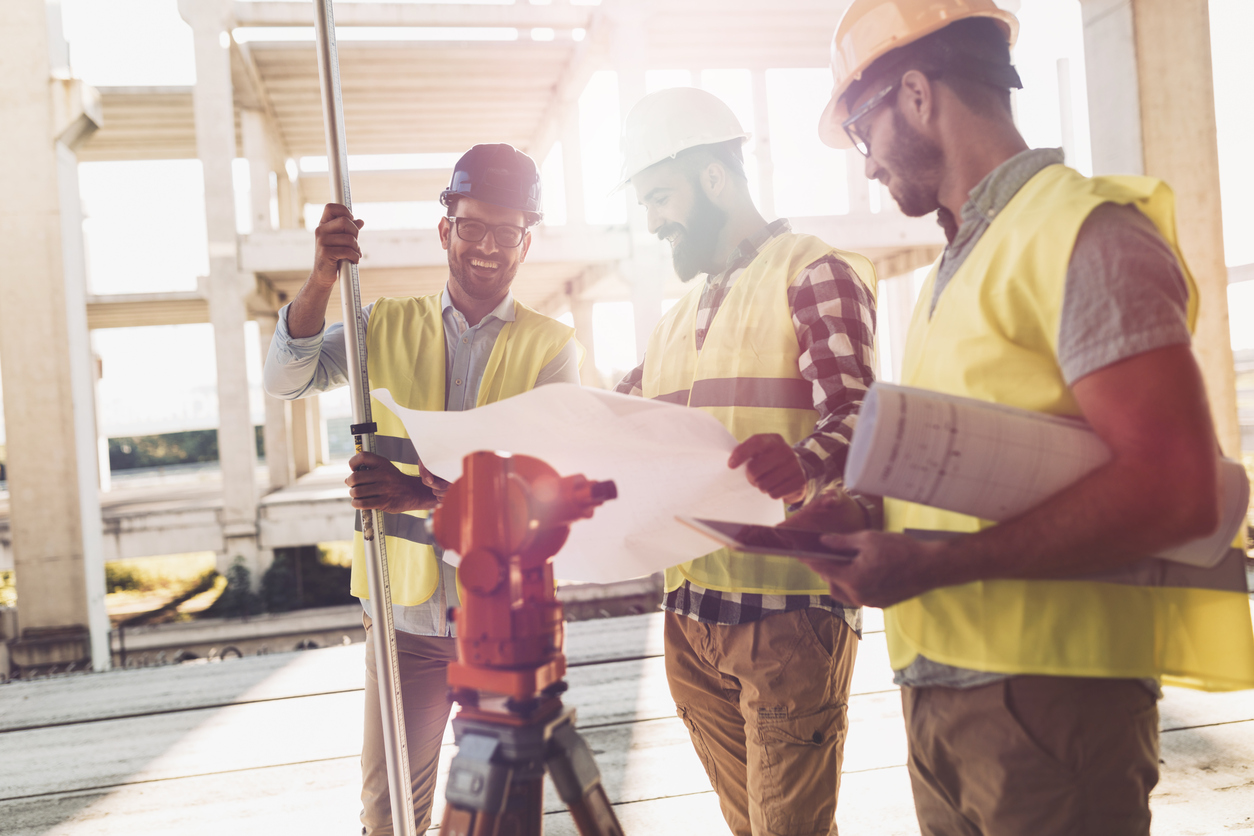The significance of workplace safety cannot be overstated. It’s a fundamental right of every employee to work in an environment where their well-being is safeguarded. The recent announcement by the U.S. Department of Labor’s Occupational Safety and Health Administration (OSHA) to replace traditional hard hats with modern safety helmets signifies a pivotal shift in prioritizing the protection of workers from head injuries. This move reflects OSHA’s commitment to the welfare of employees and underscores the critical role of proactive safety measures in preserving human lives and minimizing the economic impact of occupational hazards.
The Need For Change
Historically, hard hats have been a staple in protecting workers from falling objects and head injuries. However, as technology and materials have advanced, so have the options for safeguarding workers. Traditional hard hats, with a design dating back to the 1960s, provide limited protection from side impacts. This leaves workers vulnerable to head injuries, as highlighted by the most recent U.S. Bureau of Labor Statistics (BLS) data showing that head injuries accounted for 5.8% of nonfatal occupational injuries involving days away from work in 2021.
Limitations of hard hats
- Hard hats lack chin straps, increasing the risk of injury in the event of a fall
- They lack vents, leading to heat buildup and discomfort for workers
Advantages Of Safety Helmets
Safety helmets, equipped with innovative features such as impact resistance, ventilation, and more, now offer a more comprehensive and modern approach to head protection. Modern safety helmets integrate new technologies to provide superior head protection, particularly against side impacts. They also feature integrated chin straps to secure the helmet during falls or rapid movement.
Additional features include the following:
- Vents for improved airflow and comfort
- Integrated face shields, goggles, and hearing protection
- Communication systems for clear interaction in noisy environments
The Impact On Industries
OSHA strongly advocates for adopting safety helmets across various industries, including construction, oil and gas, electrical work, and tasks performed at heights. The agency emphasizes the cost of outfitting an organization with safety helmets pales in comparison to the financial and human costs of a single head injury.
According to the National Safety Council, head injuries incur substantial medical costs, with an average settlement of $93,942, including $60,000 in medical expenses and $30,000 in other financial losses. Embracing safety helmets can mitigate these costs and the associated human suffering.
Regulatory Standards
OSHA standards mandate the use of protective headgear in various work environments and specify that protective helmets must adhere to the American National Standard for Industrial Head Protection. Adherence to these standards ensures that workers are adequately protected from head injuries. OSHA’s preference for safety helmets is rooted in a commitment to staying abreast of technological advancements and prioritizing the most effective safety measures. Employers are encouraged to update their safety protocols to align with this guidance, ensuring a safer and more secure work environment.
Navigating OSHA’s Safety Helmet Shift With PEO Expertise
Partnering with a professional employer organization (PEO) can be a strategic move for small business owners navigating the transition to safety helmets. PEOs specialize in providing comprehensive HR solutions, including guidance on safety protocols and compliance with evolving standards such as OSHA’s preference for safety helmets.
Through a partnership with GMS, small businesses can ensure seamless integration of the new safety measures, access up-to-date information on industry trends, and receive tailored support to enhance workplace safety. In an era where prioritizing employee well-being is paramount, a PEO becomes a valuable partner for small businesses committed to staying ahead of the curve in fostering a secure and compliant work environment. Contact our safety experts today to learn more.

